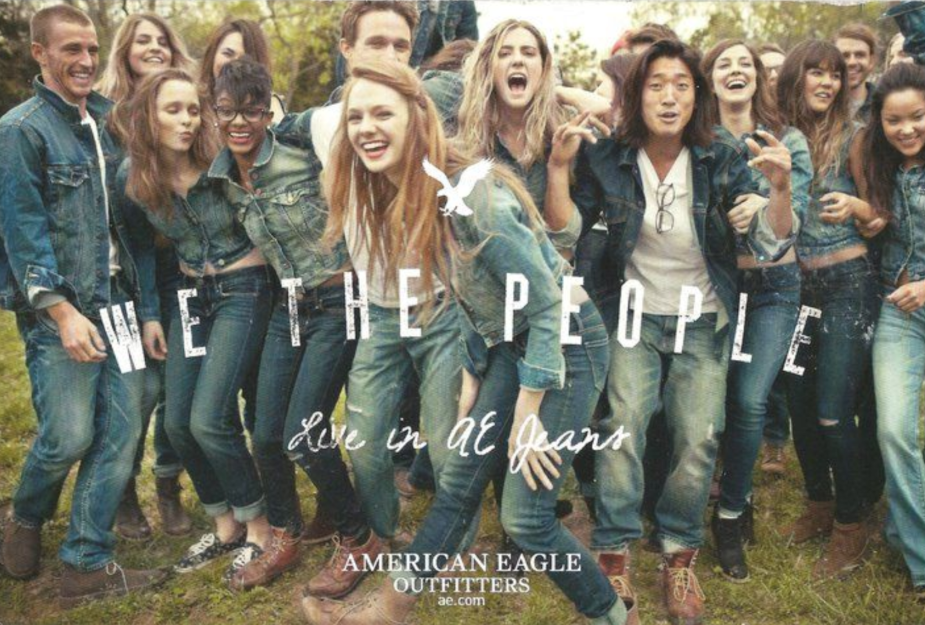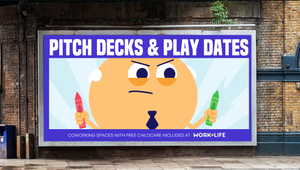
The Sweeney Ad Isn’t Just Horrific, It’s Strategically Stupid

Let’s be honest with ourselves for a second.
Most advertising out there isn’t just forgettable, it’s flat-out rubbish.
Still holding onto the idea that your latest campaign matters? Here’s a reality check: 89% of ads are forgotten instantly and 65% of people skip your video ad the first second they can. Among younger audiences? That jumps to 82%. Why? Because we’ve traded what works, brand fame, for what feels comfortable. Safe bets. Pre-testing. Creative sanded down by a dozen opinions until there’s nothing left but a beige puddle of approval.
Now look, a (very small) part of me does admire the intent behind American Eagle’s Sydney Sweeney campaign. They’re a brand in decline. Their share price has halved in a year. Their backs are against the wall, and on paper, they did what challenger brands should do: go bold.
But here’s where it all unravels.
They skipped two of the most critical questions in challenger brand-building:
- What’s the cultural context we’re stepping into?
- And what’s our brand’s role in it?
What the best challengers do differently
The best successful challengers have always thought deeply about these questions and in turn answered them brilliantly.
Oatly didn’t just sell oat milk. They tapped into rising anxiety around dairy, its impact on our bodies and the planet, and positioned themselves as the better alternative. Milk made for humans.
Apple. Long before the iPhone, they clocked that most people found computers cold, complex and mechanical. But they also saw what people really wanted, tools to unlock their creativity. That insight led to Think Different, still one of the most iconic campaigns in history.
And Liquid Death. They saw the backlash brewing against bottled water giants and seized their moment, branding themselves as the anarchic, anti-corporate antidote. Not just hydration. A full-blown rebellion.
What American Eagle did so very wrong
Beyond the obvious ethical and ideological mess, which plenty of people have already covered, this campaign is also, on a pure strategy level, just staggeringly stupid.
Let’s go back to those two fundamental questions.
First, it’s clear no one bothered to sense-check the cultural context. Maybe they fired off a lazy ChatGPT prompt. Maybe they just didn’t care. Either way, America right now is more polarised than it’s been in decades. Fuelled by the most divisive president in modern history. So, wading in and implying some kind of racial superiority? Not just unethical. It’s also just really dumb…especially when you consider 41% of America is non white.
Second, look at the role of the brand. This isn’t just off-brand, it’s anti their brand. American Eagle’s past work has consistently celebrated diversity and progressive values. They’ve built their identity around the American dream, around inclusivity and optimism. And now? This campaign torches all of that in a single campaign. We know that creativity compounds and long ideas are best… but this does the complete opposite.

Where does this leave us?
As we’ve already outlined, they broke the fundamental rules of challenger brand strategy. They ignored the cultural context. And they picked the worst possible role for their brand.
But something else worries me here.
I worry the inevitable backlash might scare off the brands who should be going bold. It might stop the next challenger from sticking their neck out, from picking the right kind of fight, the kind that pushes culture forward and shakes categories awake.
Because the last thing the world needs is more beige. More committee-approved, pre-tested, brand-safe sludge that disappears the moment it launches.
What we do need are brands with the guts to pick good fights. To call out the category dinosaurs. To challenge the status quo, whether it’s boring us to death or actively doing harm.
We need the kind of challenger brands that would see American Eagle right now…and eat their lunch.















